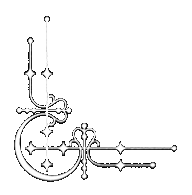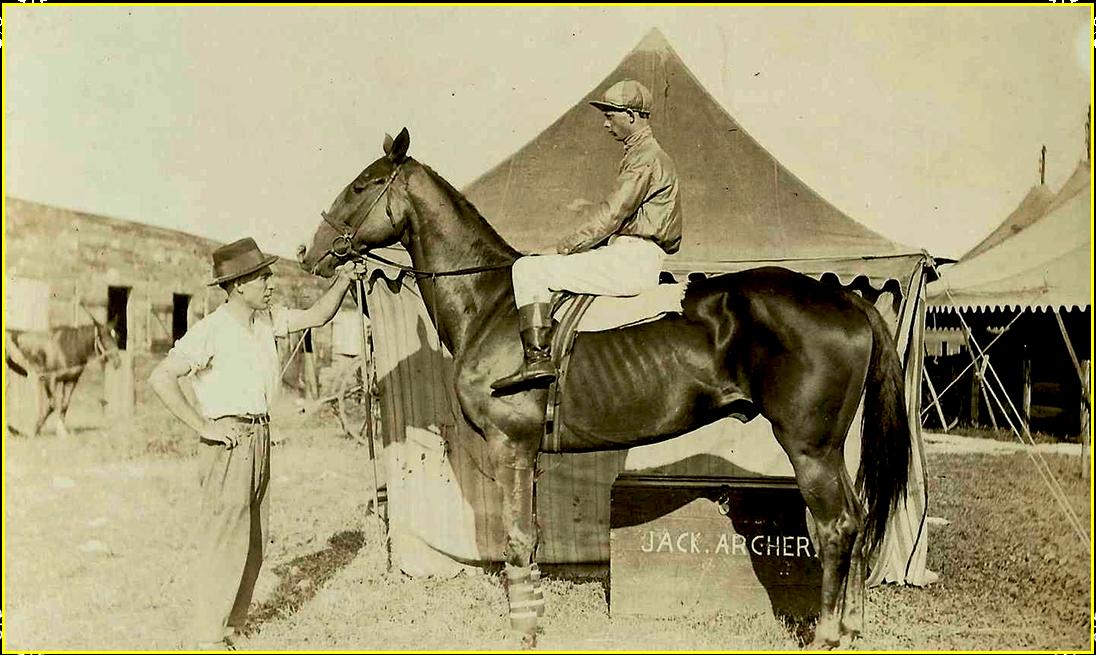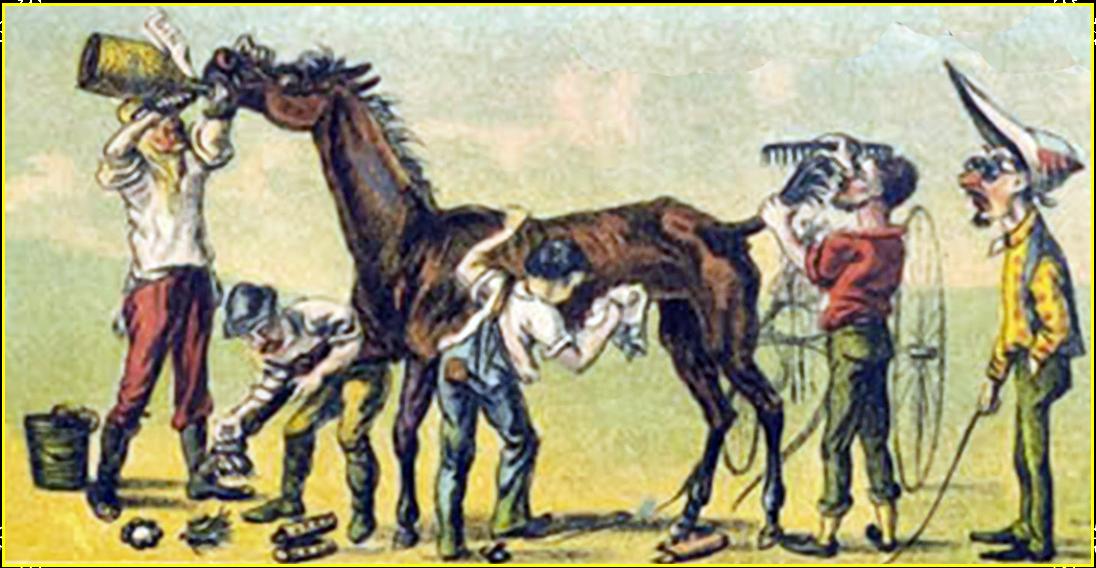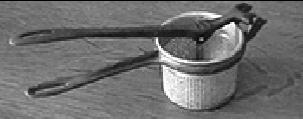Dr Christopher's
Bone, Flesh, Cartilage formula
One of my herbal mentors was Dr. Christopher and he was famous for his BFC formula that performed some miraculous healings in his long career. It is an amazing regeneration formula, but a bit time consuming to prepare, but well worth the effort if you so feel inclined.
1) Comfrey root.......................6 parts
2) Oak bark............................6 parts
3) Gravel root..........................3 parts
4) Mullein................................3 parts
5) Lobelia................................1 part
6) Wormwood...........................2 parts
7) Marshmallow root...................3 parts
8) scullcap..............................1 part
This should be taken internally as well as applied topically. A cheesecloth compress can be soaked and applied to the injured part., then wrap with plastic and wrap with an ace bandage.
Procedure:
Use a stainless steel pot only. Never use aluminum! Use distilled water. Put one gallon of distilled water in the pot. Add the pre-mixed herbs. Use an 8 oz cup of herb mixture per gallon. Let this mixture soak and set overnight or a few days in the frig. The longer you let it sit , the stronger it will be.
Heat the tea for 20 minutes, but do not boil. Strain. Then low heat to half volume. Now ready for use. Store in glass bottle in frig.




















